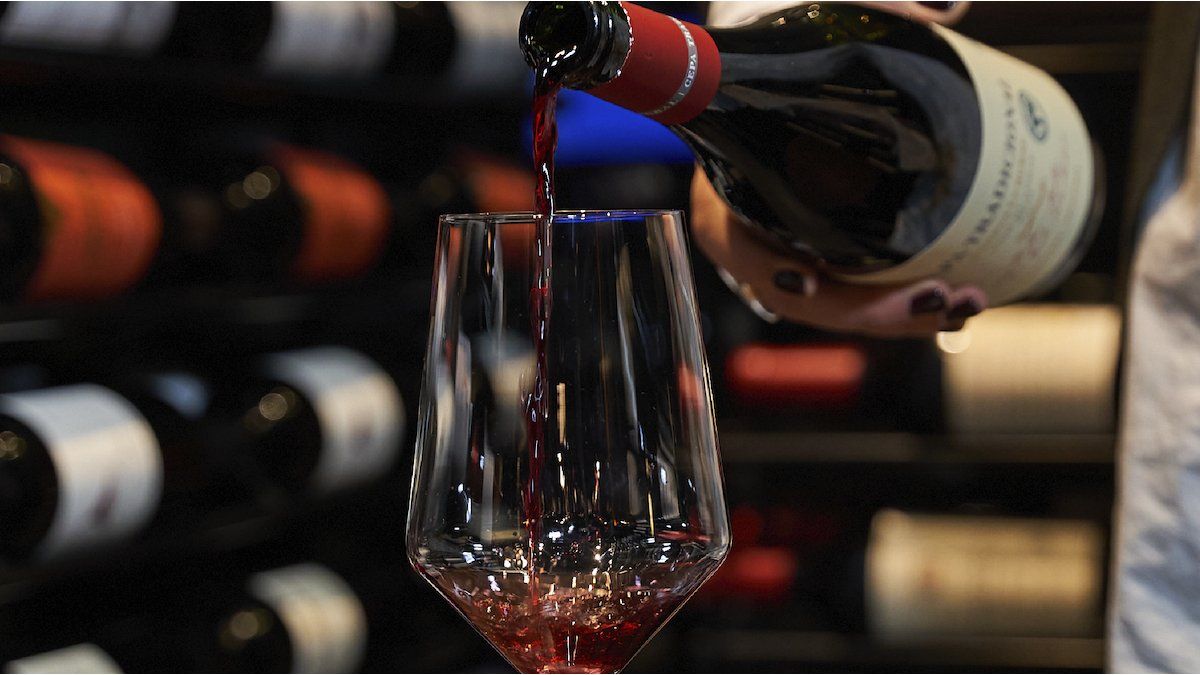Domestic consumption of the traditional drink decreased almost 1% in September and remains in the red for the year. What are the varieties that fell the most?
When analyzing September 2024 compared to the same month in 2023, the total decrease was 0.9%.
In September 2024, the wine sale In the domestic market, it suffered a significant drop of 13.5% compared to August, with consumption of 706,056 hectoliters compared to 816,264 the previous month, according to the National Institute of Viticulture (INV). This decline was mainly concentrated in wines without varietal mention, whose consumption plummeted by 21.7%. On the other hand, sparkling wines showed a considerable increase of 42.5%, while varietals only decreased by 0.2%.
The content you want to access is exclusive to subscribers.
When analyzing September 2024 compared to the same month in 2023, the total decrease was 0.9%. In this case, white wine was the most affected with a decrease of 12.5%, while red wine grew by 3.3%. In addition, wines without varietal mention fell 1.6% and sparkling wine also recorded a drop of 8.3% compared to the same month of the previous year, although it surpassed August 2024 in sales.


A relevant factor in the analysis of wine sales is the type of packaging. Comparing September 2024 with the same month in 2023, bottles from 651 to 750 cubic centimeters grew by 2.5% and those from 951 to 1000 cubic centimeters increased by 6.2%. However, the largest containers, from 1001 to 1500 cubic centimeters, which are generally consumed by lower-income sectors, showed a drop of 7.4%.
In the same sense, tetra brik sales fell by 7.1%. The demijohn, for its part, showed a rebound with a growth of 5.7%, while other formats, such as bag in box and canned wine, plummeted with drops of 75.2% and 53.7%, respectively.
So far in 2024, wine sales have accumulated a decline of 1.1%, with sparkling wine showing a significant decrease of 33.8% despite its growth in September. On the contrary, varietal wines grew by 1.6%, while those without varietal mention barely decreased by 0.02%.
Regarding packaging, bottles of 1001 to 1500 cubic centimeters fell by 1.7%, while bottles of 651 to 750 cubic centimeters increased by 0.8%. The most impressive growth occurred in containers of 951 to 1000 cubic centimeters, which registered an increase of 559.8%.
On the other hand, the demijohn fell 22.2% so far this year, followed by the bag in box with a drop of 28.8%. Tetra brik, which is preferred by lower-income sectors, fell 4.3%, and canned wine fell 16.4%.
These INV data allow us to understand trends in wine consumption in Argentina and provide a preliminary overview of market behavior so far this year. Although these are provisional data, they are a key indicator of the thermometer of domestic wine consumption in the country.
Source: Ambito




